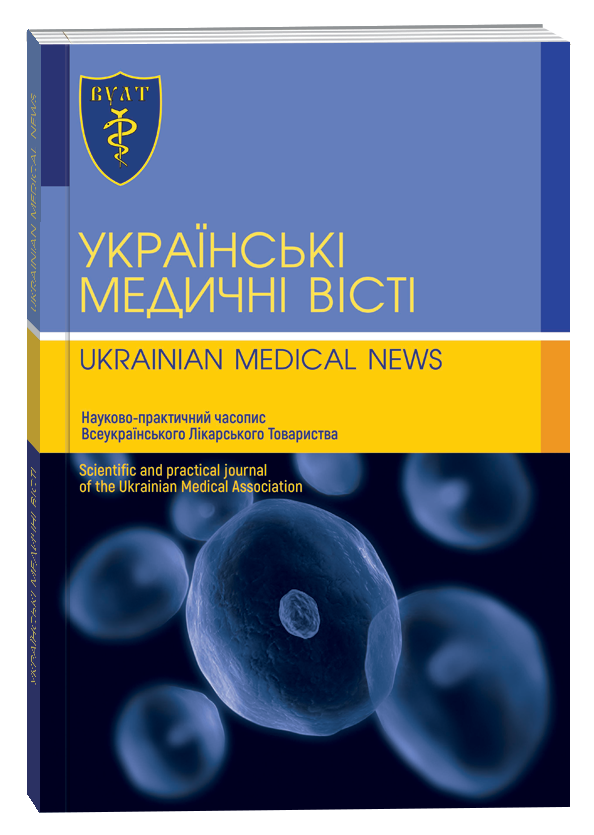GENITOURINARY SYNDROME AFTER VAGINAL HYSTERECTOMY
DOI:
https://doi.org/10.32471/umv.2709-6432.84.163Keywords:
uterine myoma, hysterectomy, genitourinary syndrome.Abstract
Uterine myoma are the most common tumor in the structure of gynecological diseases, and its frequency has increased in recent decades in women of reproductive and perimenopausal age, accounting for about 35–45%, and radical surgical treatment usually remains the method of choice in these women. We promptly rehabilitated 64 women of reproductive age with uterine leiomyoma who underwent transvaginal hysterectomy without appendages. Almost every third patient before the fifth year of monitoring after hysterectomy noted pelvic floor failure and signs of cysto-rectocele I–II degree, pelvic floor relaxation syndrome, and the severity of genitourinary disorders directly depended on surgical techniques, age of treatment and degree of hypoestrogenism. The current approaches to the rehabilitation of such patients after hysterectomy are scattered and contradictory, highlighting only some aspects of the correction of its consequences.
References
Балан В.Е., Ковалева Л.А. (2015). Урогенитальный синдром в климактерии. Возможности терапии. Акушерство и гинекология, 5: 104–108.
Заболотнов В.А., Рыбалка А.Н., Шатила В.Й. та ін. (2015) Современная классификация лейомиом матки. Здоровье женщины, 1(97): 70–73.
Ильина И.Ю., Доброхотова Ю.Э. (2011) Генитальный пролапс: этиология, диагностика, лечение: учебно-методическое пособие. М., 37.
Лашкул О.С. (2017) Концепция ранней реабилитации (fast track) в оперативной гинекологии. Запорожский медицинский журнал, 2(101): 186–189.
Лашкул О.С. (2018) Качество жизни и сексуальная функция у женщин, оперированных на органах репродуктивной системы. Запорожский медицинский журнал, 1(106): 76–81.
Новиков А.И., Михайличенко В.В., Александров В.П. и др. (2008) Влияние оперативного доступа на функциональное состояние нижних мочевых путей при гистерэктомии. Андрология и генитальная хирургия, 4: 21–24.
Петрос П. 2016 Женское тазовое дно. Функции, дисфункции и их лечение в соответствии с интегральной теорией. МЕДпресс-информ, Москва, 293–332.
Потапов В.А., Мутана Эллуми, Степанова Д.Ю. и др. (2013) Диагностические и прогностические критерии полноценности репаративной регенерации в матке после реконструктивно- пластических операций у женщин с лейомиомой матки. Медико-социальные проблемы семьи, 18: 37–39.
Fernandez H., Farrugia M., Jones S.E. et al. (2009) Rate, type, and cost of invasive interventions for uterine myomas in Germany, France, and England. Minim Invasive Gynecol., 16(1): 40–46.
Vomvolaki E., Kalmantis K., Kioses E. et al. 2006. The effect of hysterectomy on sexuality and psychological changes. Eur J Contracept Reprod Health Care, 11 (1): 23–27.







